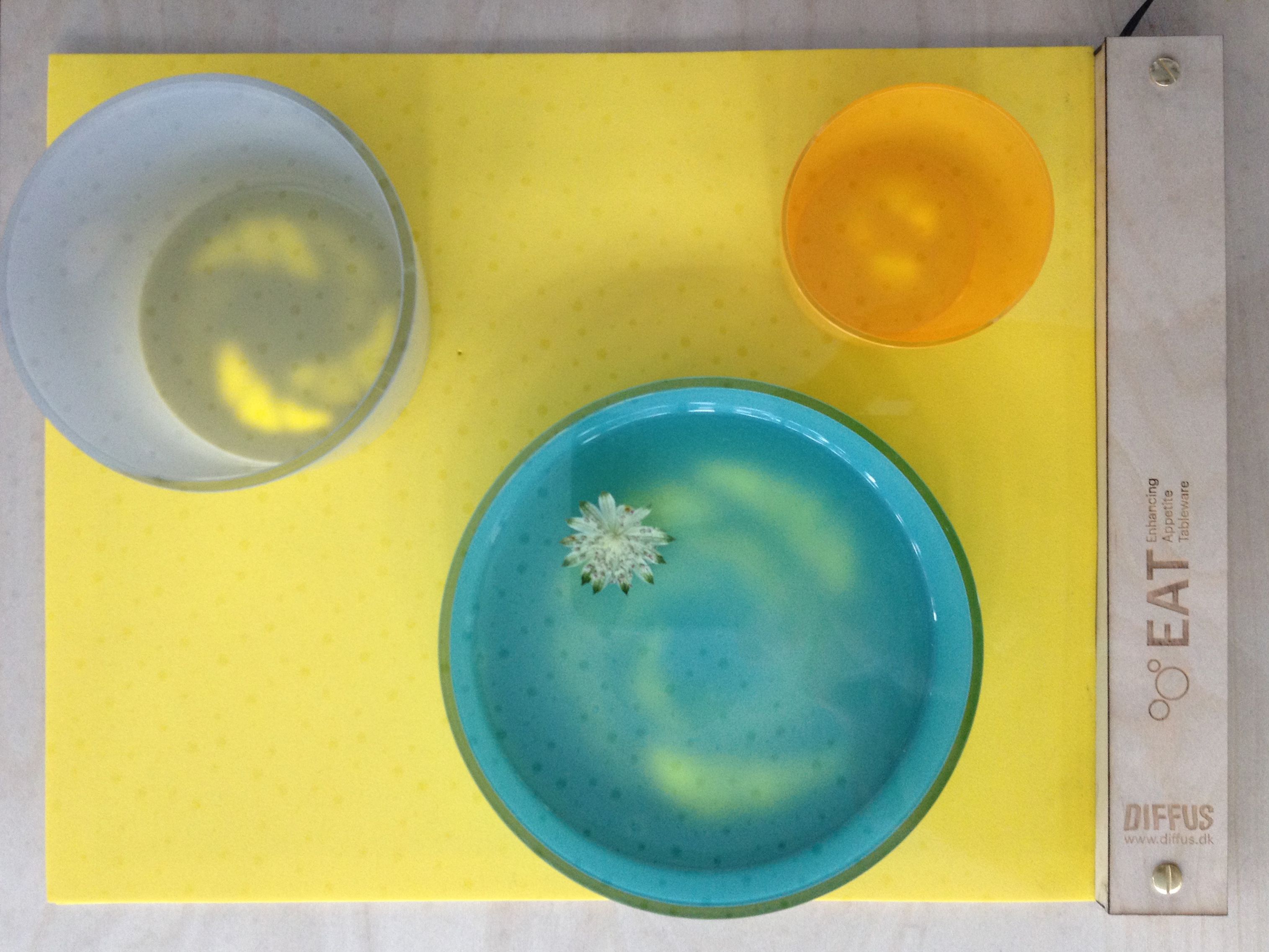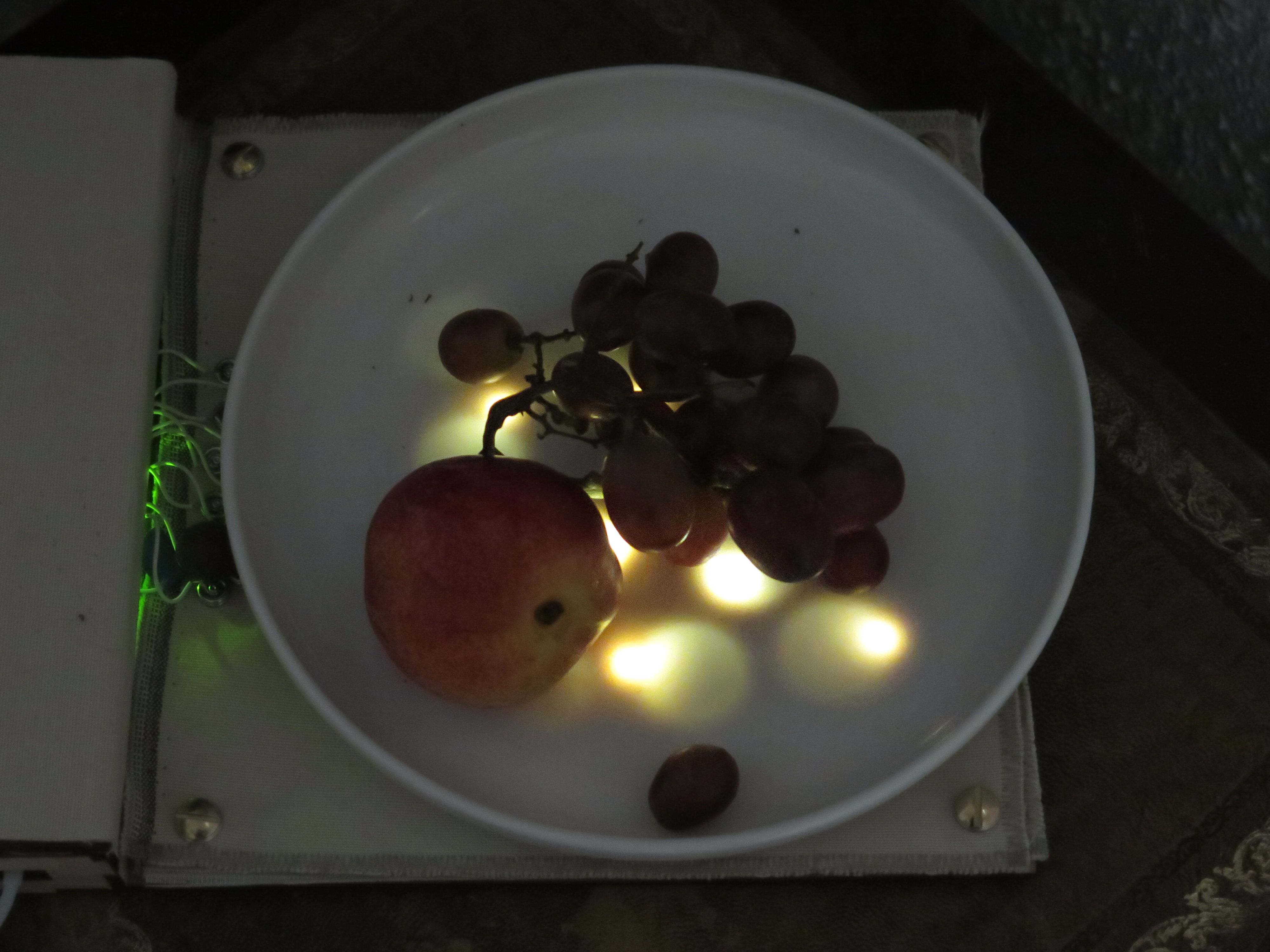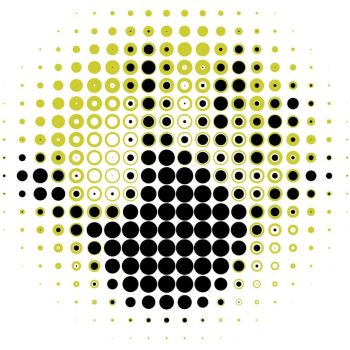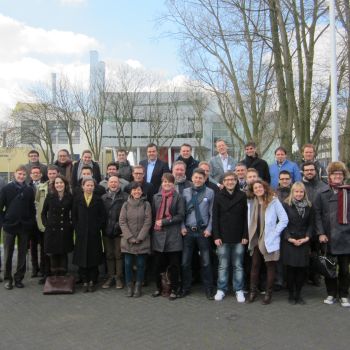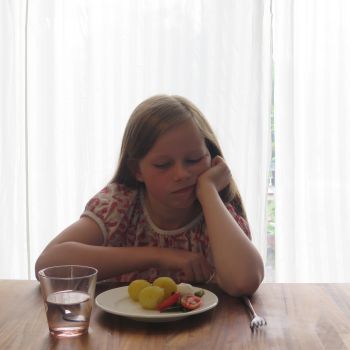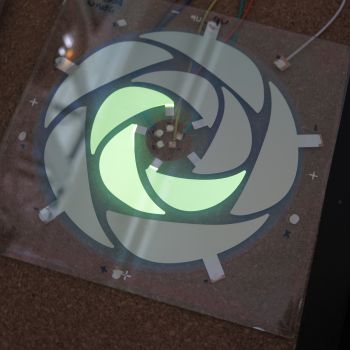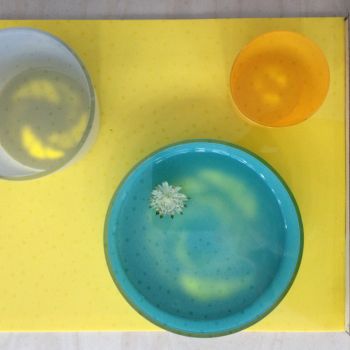EU-funded project – Light.Touch.Matters
Light.Touch.Matters (LTM) was a design-driven development of touch-sensitive luminous flexible surfaces for applications in care and wellbeing funded by EU.
LTM was a unique cooperation between product designers, material scientists and the industry, with 17 partners from 9 countries. LTM aimed to develop novel smart materials that allow ‘the product to become the interface’. These ‘LTM materials’ consist of four technological components: piezo plastics for touch sensitivity, OLEDs for luminescent response, a colour modifying layer, and control electronics.
New materials have a long way to go from research to reality. In traditional approaches on material development, opportunities for innovation are often missed. Design-driven material innovation promise a better way: Involving designers and end-users early on, and developing material and application in parallel, means that new ideas can be explored.
![]() Material Research Project
Material Research Project
Seventh Framework Programme
In 2012, our consortium’s submitted EU proposal were among the 3 out of 32 competing entries that got through the second submission round, meaning that grants were given.
In February 2013 the kick-off of the 3,5 year project Light.Touch.Matters took place.
In this project, designers and scientists joined forces to develop a new generation of smart materials that can sense touch and movement and respond with light. The fact that the project involved industry secured a steady way towards realisation of the ideas. Diffus Design was proud to be part of this very skilled consortium and to get involved into three and a half years of pioneering work where for the first time EU have called for designers and engineers to collaborate through the whole development process.
The Light.Touch.Matters consortium jointly developed new smart materials that can sense touch (thanks to a layer of ‘piezo plastic’ – a structured composite of piezo-active particles in a polymer matrix) and respond by luminescence (thanks to a flexible organic light-emitting diode – OLED). A top layer modulates colour and tactile response, while flexible wiring power the smart behaviour. The consortium’s mix of designers and material scientists was unprecedented, and turned Project LTM into a test case for innovation management.
The product IS the interface
There were 11 science and technology objectives that framed the mission of our consortium:
- Achieve continuous and intensive dialogue between product designers and material researchers
- Implement and validate an effective design-driven materials R&D methodology
- Develop fully-flexible Piezo plastics for low-cost, high-volume touch sensing applications
- Develop fully-flexible OLEDs with improved aesthetic properties for signage applications
- Develop fully-novel thin, flexible, integrated touch-sensitive luminous materials
- Develop a range of tactile qualities
- Develop manufacturing methods to integrate ‘light touch materials’ into parts and products
- Design novel product interfaces that exploit the unique touch and luminosity properties
- Assure best-in-class environmental impact of the materials and products developed
- Assure broad application of the novel smart materials developed in the creative and general industry
- Foster design-driven materials innovation in the EU
Loss of Appetite
All design studios in the consortium were encouraged to come up with a concept taking advantage of the proporties of the Light Touch Material. Important was to find meaningful scenarious with in the health care area that could benefit from such new technological advancements. Diffus Design came up with a concept called EAT (Enhancing Appetite Tableware)
Concept
Through EAT we propose to support a good eating situation by creating a joyful and calm atmosphere around the child. Our aim is to create ‘magic’ in the eating situation by creating an interactive set of tableware that will use storytelling, playfulness, encouragement and rewarding attitude through sensor technology, light and haptic feedback.
Loss of appetite is a general problem during a stay in hospital, and for children that are not old enough to understand the importance of getting sufficient calories it is a major problem. Especially children with cancer suffer from ‘mouth blindness’ and zero appetite. Different precautions can be made in order to ensure an adequate intake of calories where the obvious one of course is connected to size, frequency and appearance of the food.
The inviting glass, the playful bowl and the rewarding plate
Through the combination of smart materials and natural materials like ceramics, glass, wood and rubber we emphasise enchantment. Light and haptic feedback appears in the natural materials because the sensor technology and different outputs only work and are visible when combined with the natural. We emphasise sensibility and durability and thereby create an intriguing eating situation. When the child places the glass the bowl and the plate on the tablecloth the tablecloth will know and will begin to invite the child to drink from the glass. After that the bowl will start to play with the child – cheating, hiding, giggling – and finally the plate rewards the child when she has been interacting with the whole set of tableware for a duration of time.
Building the prototype – Glass, bowl and plate
We collaborated with a ceramist who is working in porcelain and glass. We created a set of tableware with simple geometric shapes but with emphasis on the bottom of the respective pieces. We work on translucency in the material along side with durability in use. The geometric shape is as neutral as possible in order to create maximum attention to the ‘magic’ light that shines through the material.
Building the prototype – The table cloth
The table cloth has several active layers that gathers in a side bar that have a control unit and batteries. The OLED grid is composed by 5 identical 7×7 OLED grids. A cache makes sure we obtain the organic look we are seeking.The sensors are a combination of piezo strips and light sensors in order to maximize the analysis of where and when the tableware is present. This video presents the project and the method of working.

Credit
Design and concept: Hanne-Louise Johannesen and
Michel Guglielmi (Diffus Design)
Programming and engineering: Jens Lee Jørgensen (Diffus Design)
Design and Research assistant: Isabel Valdés Marin
Internship during master thesis: Nina Moerch Pedersen
Consortium partners:
Aito Interactive Oy SL
Bax & Willems
Brunel University
Diffus Design IS
Fjord Spain SLU
Fuelfor Design and Consulting SL
Grado Zero Espace Srl
Holst Centre/TNO
Lamb Industries Ltd
Material ConneXion Italy Srl
Minima Design Ltd.
Pilotfish GmbH
Politecnico of Milan
Studio Edelkoort
University College London
Van Berlo BV
Key project data
Title: Light.Touch.Matters (L.T.M.)
Design driven development of touch sensitive luminous
flexible plastics for applications in care & well-being
Start date: February 2013
End date: June 2017
EC Research call: FP7-NMP-2012-SME-6
Collaborative project
Website: www.ltm.io.tudelft.nl



